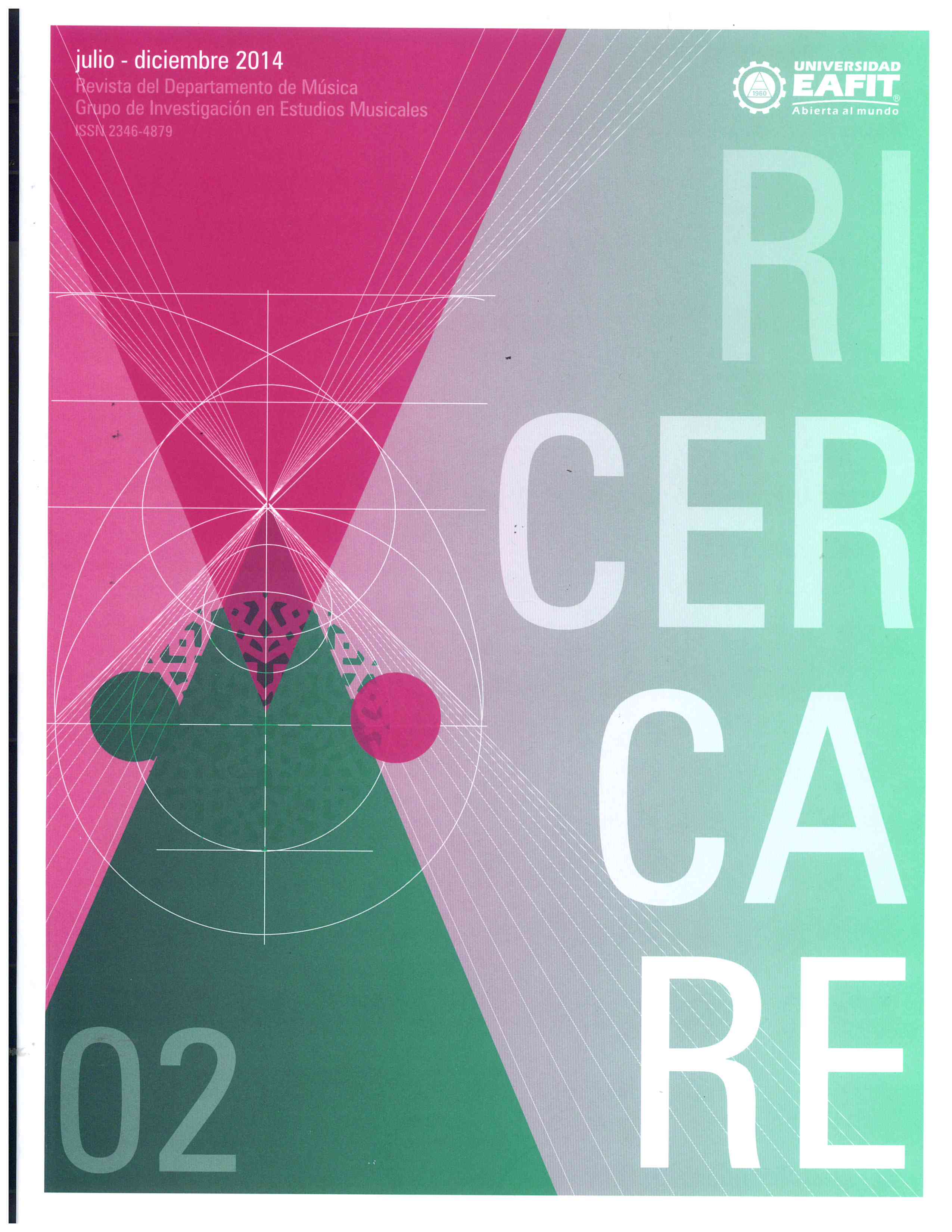Tonal distributions in the music of the renaissance
Main Article Content
Keywords
Tonal System, Modal System, Tonal Hierarchies, Tonal Distributions, Tone Counting, Key-finding Algorithm, Correlation.
Abstract
In this study we use the tone counting technique, the tonal hierarchies and the key-finding algorithm in order to quantitatively assess the similarity between the musical language of the Renaissance and the posterior tonal language. The results show that there is a huge correspondence between tonal distributions in both languages, and between these and the tonal hierarchies found by Krumhansl and Kessler (1982). This suggests that the differences are fewer than usually believed, and that in the Renaissance there is a tonal hierarchy similar to that of tonal system. Moreover, some problematic cases show that modal language favors tonal ambiguity. Finally, empirical evidence is provided to the notion that, in the Renaissance, the system tends progressively in time, to two poles: tonal major and minor.
Downloads
References
Jeppesen, K. (1992). Counterpoint: The poliphonic vocal style of the sixteenth century. Nueva York: Dover.
Knopoff, L., y Hutchinson, W. (1983). Entropy asa measure of style: the influence of sample length. Journal of Music Theory, 27, 75–97.
Krumhansl, C. L. (1990). Cognitive foundations of musical pitch. NuevaYork: Oxford University Press.
Krumhansl, C. L., y Kessler, E. J. (1982). Tracing the dynamic changes in perceived tonal organization in a spatial representation of musical keys. Psychological Review, 89(4), 334-368.
Youngblood, J. E. (1958). Style as information. Journal of Music Theory, 2, 24-35.

